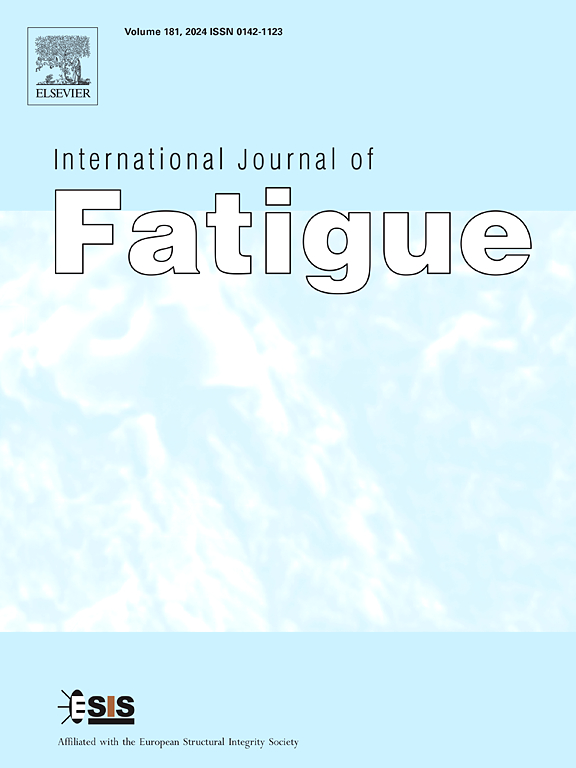Assessment of binder test methods for detecting cracking susceptibility in asphalt mixtures
IF 5.7
2区 材料科学
Q1 ENGINEERING, MECHANICAL
引用次数: 0
Abstract
Asphalt binders are crucial in roadway construction, significantly influencing the performance and durability of asphalt mixtures. Even with identical mix designs, the performance of these mixtures can vary depending on the Performance Grade (PG) of the binder used. This study aims to identify and evaluate test methods for assessing binder quality, specifically in terms of cracking resistance. Twenty binder samples, representing four PGs (PG 64–22, PG 64–28, PG 70–22, and PG 76–22), were selected for failure and rheological testing. These binders were incorporated into asphalt mixtures, which were then evaluated for cracking resistance using the IDEAL cracking test (IDEAL-CT).
The findings revealed significant correlations among ΔTc, R-value, poker chip stiffness, phase angle, and Glover–Rowe parameters. Specifically, the phase angle at 25 °C and 10 rad/s and the G-R parameter at 35 °C and 10 rad/s showed strong correlations with the CTindex (R2 = 0.82 and 0.88, respectively), while poker chip stiffness also demonstrated a notable correlation (R2 = 0.61). Although using the G-R parameter to derive VECD damage curves improved the correlation between Nf and CTindex (R2 = 0.46), it was less effective than other parameters. Therefore, the phase angle at 25 °C and 10 rad/s is recommended as it can be easily obtained through standard PG grading tests. Additionally, the comparison of the phase angle with the IDEAL-CT test parameters indicated that the ductility of asphalt mixtures is closely linked to the binder’s phase angle. The strong correlations between asphaltenes and phase angle emphasizes the essence of phase angle in mixture cracking and failure mechanisms.
求助全文
约1分钟内获得全文
求助全文
来源期刊

International Journal of Fatigue
工程技术-材料科学:综合
CiteScore
10.70
自引率
21.70%
发文量
619
审稿时长
58 days
期刊介绍:
Typical subjects discussed in International Journal of Fatigue address:
Novel fatigue testing and characterization methods (new kinds of fatigue tests, critical evaluation of existing methods, in situ measurement of fatigue degradation, non-contact field measurements)
Multiaxial fatigue and complex loading effects of materials and structures, exploring state-of-the-art concepts in degradation under cyclic loading
Fatigue in the very high cycle regime, including failure mode transitions from surface to subsurface, effects of surface treatment, processing, and loading conditions
Modeling (including degradation processes and related driving forces, multiscale/multi-resolution methods, computational hierarchical and concurrent methods for coupled component and material responses, novel methods for notch root analysis, fracture mechanics, damage mechanics, crack growth kinetics, life prediction and durability, and prediction of stochastic fatigue behavior reflecting microstructure and service conditions)
Models for early stages of fatigue crack formation and growth that explicitly consider microstructure and relevant materials science aspects
Understanding the influence or manufacturing and processing route on fatigue degradation, and embedding this understanding in more predictive schemes for mitigation and design against fatigue
Prognosis and damage state awareness (including sensors, monitoring, methodology, interactive control, accelerated methods, data interpretation)
Applications of technologies associated with fatigue and their implications for structural integrity and reliability. This includes issues related to design, operation and maintenance, i.e., life cycle engineering
Smart materials and structures that can sense and mitigate fatigue degradation
Fatigue of devices and structures at small scales, including effects of process route and surfaces/interfaces.
 求助内容:
求助内容: 应助结果提醒方式:
应助结果提醒方式:


